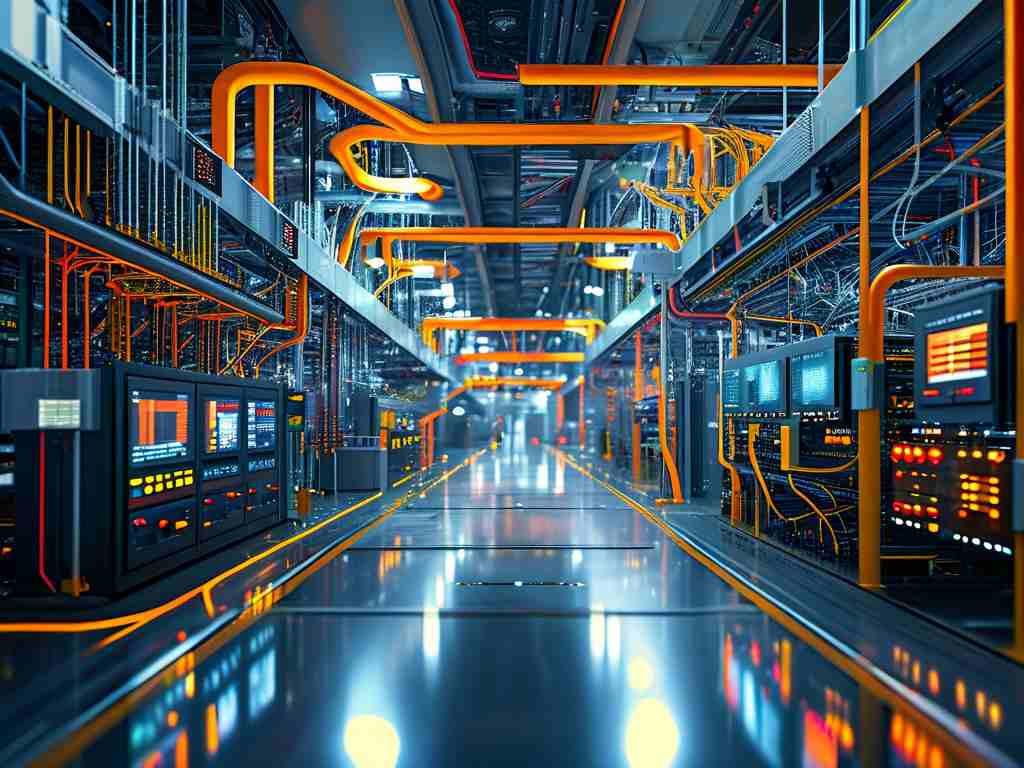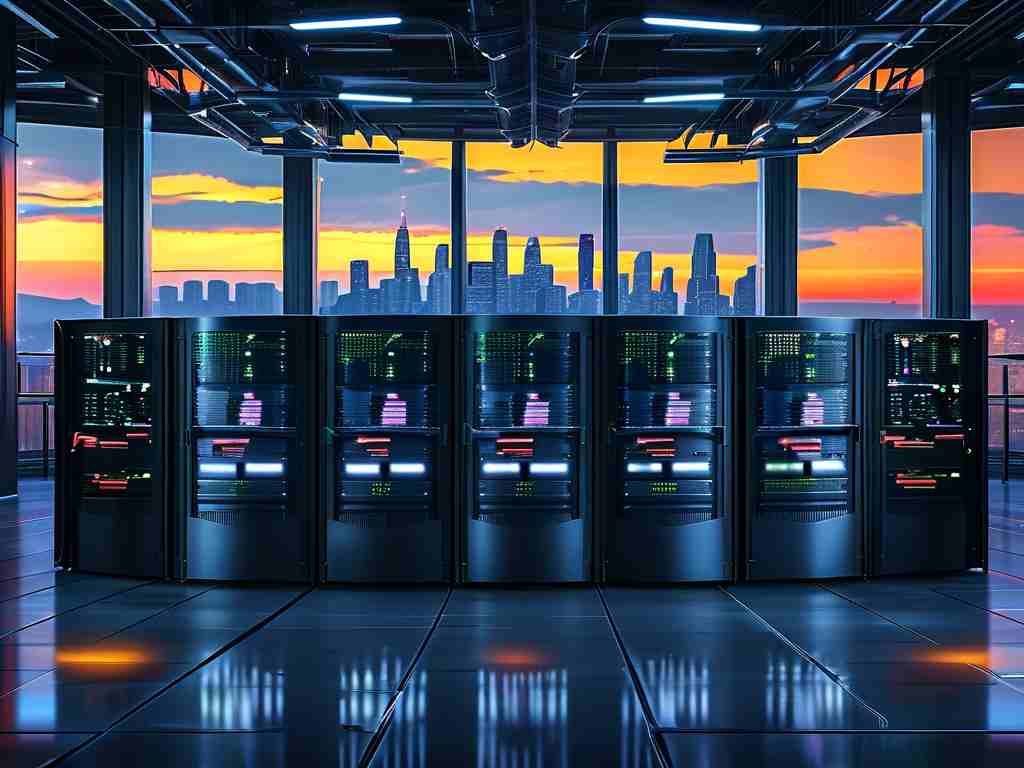In modern engineering and industrial automation, the adoption of distributed electrical control architectures has become a cornerstone for optimizing performance and scalability. Unlike traditional centralized systems, which rely on a single control unit, distributed architectures decentralize processing power across multiple nodes. This shift introduces unique characteristics that redefine system design, efficiency, and adaptability.

One defining feature of distributed electrical control systems is their modularity. By dividing tasks among interconnected nodes, these systems enable parallel processing and reduce dependency on a central processor. For example, in automotive manufacturing, distributed control units manage subsystems like engine management, braking, and infotainment independently while communicating via a shared network. This modular approach minimizes bottlenecks and enhances fault isolation, as a malfunction in one node rarely cascades to others.
Another critical aspect is scalability. Distributed architectures allow seamless integration of additional nodes without overhauling the entire system. Consider smart grid technology: utilities can incrementally deploy sensors and controllers across power networks to accommodate renewable energy sources or demand fluctuations. This flexibility contrasts with centralized systems, where expanding capacity often requires costly hardware upgrades or downtime.
Resilience is also a hallmark of distributed electrical control. Redundant nodes and decentralized decision-making ensure continuity even if individual components fail. In aerospace applications, flight control systems employ redundant distributed modules to maintain stability if a sensor or actuator malfunctions mid-flight. This redundancy not only improves safety but also simplifies maintenance by enabling targeted repairs.
Real-time responsiveness is another advantage. Localized processing reduces latency because data doesn’t need to traverse long pathways to a central unit. Industrial robots, for instance, rely on distributed control to execute precise movements with microsecond-level precision. Each joint or motor operates via its own controller, synchronizing actions through high-speed communication protocols like EtherCAT or CAN bus.
Energy efficiency gains further distinguish distributed architectures. By allocating processing tasks closer to where they’re needed, power consumption is optimized. Smart buildings leverage this principle by using zone-specific controllers for lighting, HVAC, and security. These controllers operate autonomously but collaborate to adjust settings based on occupancy or environmental data, reducing overall energy waste.
Interoperability remains a key focus. Distributed systems often adhere to standardized communication protocols, enabling integration with third-party devices. In IoT-enabled agriculture, soil moisture sensors, irrigation valves, and weather stations from different vendors can coexist within a distributed network, sharing data to automate watering schedules. This interoperability fosters innovation and reduces vendor lock-in.
However, challenges persist. Designing distributed systems demands rigorous synchronization to prevent data conflicts or timing errors. Engineers must implement robust clock synchronization mechanisms, such as IEEE 1588 Precision Time Protocol, to ensure coherent operation across nodes. Security is another concern; decentralized networks expand attack surfaces, necessitating encryption and access controls at every node.
Looking ahead, advancements in edge computing and 5G connectivity will amplify the capabilities of distributed electrical control architectures. Autonomous vehicles, for example, will rely on ultra-low-latency networks to process sensor data locally while coordinating with cloud-based AI models. Such innovations underscore the transformative potential of distributed systems in an increasingly connected world.
In summary, distributed electrical control architectures excel in modularity, scalability, resilience, real-time performance, energy efficiency, and interoperability. While complexities like synchronization and security require careful management, their benefits make them indispensable for industries aiming to balance precision, adaptability, and future-readiness. As technology evolves, these systems will continue to shape the backbone of intelligent infrastructure.




